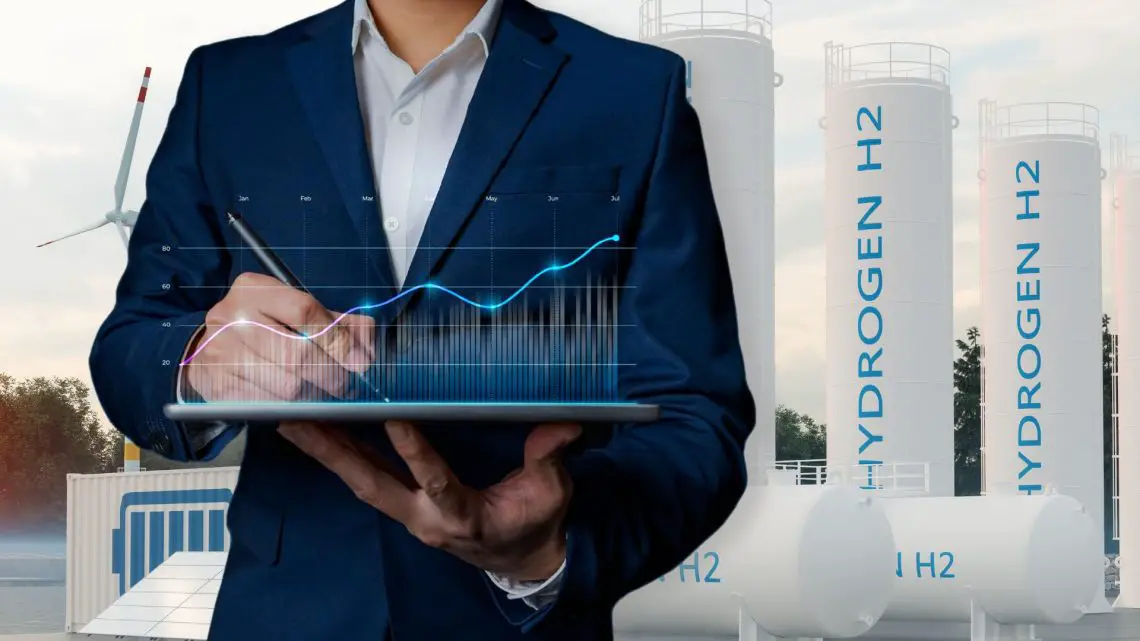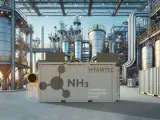
Unprecedented Hydrogen Growth Spurs Urgent Action to Meet Global Climate Targets
September 20, 2024Seven-Fold Pipeline Surge and Investment Spike Demand Accelerated Action
In a rapidly evolving landscape, the global clean hydrogen sector is experiencing remarkable hydrogen growth and maturation, signaling a transformative shift in the energy industry. According to the Hydrogen Insights 2024 report, co-authored by the Hydrogen Council and McKinsey & Company, the clean hydrogen project pipeline has increased seven-fold since 2020, reaching an impressive 1,572 projects by May 2024. This surge is accompanied by a substantial rise in committed investments, jumping from USD 10 billion to USD 75 billion for projects that have reached the final investment decision (FID).
Highlights from Report:
- The global clean hydrogen project pipeline has expanded seven-fold from 228 to 1,572 projects between 2020 and May 2024, according to the Hydrogen Council and McKinsey & Company.
- Projects reaching final investment decision (FID) saw a seven-fold increase in committed investments, rising from USD 10 billion in 2020 to USD 75 billion in 2024.
- Total announced investments through 2030 have grown by 20%, from USD 570 billion to USD 680 billion, with a notable 90% increase in investments past FID.
Despite this momentum, the global pace and scale of deployment must accelerate significantly to meet urgent climate goals. The report indicates a 20% increase in total announced investments through 2030, now estimated at USD 680 billion. Notably, there has been a 90% increase in investments past FID, highlighting a strategic shift from planning to implementation, as the industry matures by prioritizing high-potential projects and eliminating less viable ones—a pattern reminiscent of early developments in the wind and solar sectors.
Navigating Challenges: Industry Leaders Call for Investment and Policy Support Amid Economic Pressures
Yet, the journey toward a clean hydrogen future is not without its challenges. Macroeconomic headwinds, including rising inflation, interest rates, and geopolitical tensions, continue to pressure the energy markets. Furthermore, regulatory uncertainties and escalating costs for renewable power and electrolysers have led to delays, particularly affecting renewable hydrogen projects.
Industry leaders like Jaehoon Chang, President and CEO of Hyundai Motor Company, emphasize the need for continued action to ensure an accessible and affordable hydrogen supply. Ivana Jemelkova, CEO of the Hydrogen Council, stresses the urgency of significantly increasing investments by 2030 to meet mid-century climate targets, advocating for a more favorable project execution environment. Similarly, Sanjiv Lamba, CEO of Linde, underscores the importance of a supportive regulatory framework and targeted incentives to unlock hydrogen’s full potential and achieve global climate objectives.
Projected Surge in Clean Hydrogen Supply: U.S. Leads Amid 2024’s Pivotal Role for Infrastructure and Regulatory Advancements
The BloombergNEF report forecasts a thirty-fold increase in clean hydrogen supply to 16.4 million metric tons annually by 2030. However, only about 30% of the 1,600 announced projects are expected to materialize on time, with the U.S. poised to become the largest producer due to strong policies and a mature pipeline. Meanwhile, the RMI report highlights 2024 as a pivotal year for green hydrogen, driven by robust policies in the U.S., EU, and China, despite short-term pressures.
Here’s a summary of the key points from the BloombergNEF and RMI reports:
BloombergNEF Report:
- Projected Growth: Clean hydrogen supply is expected to increase 30-fold to 16.4 million metric tons per year by 2030.
- Project Realization: Only about 30% of the 1,600 announced projects are likely to be completed by 2030, often later than planned.
- Regional Leaders: The U.S. is projected to become the largest producer of clean hydrogen, supported by strong policies and a mature project pipeline.
- Challenges: Global hydrogen demand targets for 2030 may not be met due to longer project timelines and insufficient policy support.
- Electrolyzer Capacity: Around 95 gigawatts of electrolyzers could be operational by 2030, with significant uncertainty around policy implementation.
RMI Report:
- 2024 Progress: The year is expected to see significant growth for green hydrogen, driven by strong policies in the U.S., EU, and China.
- Policy Support: Major regions are implementing policies to encourage hydrogen project development, despite political changes.
- Infrastructure and Regulation: There is a need for infrastructure development and regulatory clarity to support hydrogen’s role in decarbonization.
- Market Dynamics: The hydrogen market is experiencing constructive iteration, with short-term pressures but a positive long-term growth trend.
- Corporate Involvement: Large corporations are increasingly focusing on decarbonizing their supply chains, with clean hydrogen playing a key role.
Both reports highlight the potential for significant growth in the hydrogen sector, while also emphasizing the challenges and necessary actions to achieve global decarbonization goals.
Both reports emphasize the necessity of infrastructure development and regulatory clarity to sustain the long-term growth of hydrogen projects, ensuring they play a vital role in decarbonizing industries worldwide. As the global community navigates these challenges, the commitment to expanding the hydrogen economy remains crucial in the quest for a sustainable energy future.
Hydrogen Growth – Solution Ideas for Overcoming Challenges
To address the challenges faced by the burgeoning clean hydrogen sector, industry experts and policymakers are advocating for a multifaceted approach that combines robust policy frameworks, increased infrastructure investment, and innovative technological advancements. One of the primary strategies recommended is enhancing policy support across major global regions. Governments are encouraged to implement clear and stable regulatory frameworks that provide long-term certainty for investors and project developers. This includes offering targeted incentives, such as tax credits and grants, to lower the financial barriers for hydrogen projects and stimulate market growth.
Another critical aspect is increasing investment in infrastructure. Developing an extensive network of hydrogen production, storage, and distribution facilities is essential to support the sector’s expansion. Public-private partnerships can play a vital role in mobilizing the necessary capital and expertise, ensuring that infrastructure development keeps pace with the growing demand for clean hydrogen.
International collaboration is also highlighted as a key driver for overcoming current sectoral challenges. By fostering global cooperation, countries can share best practices, align standards, and jointly develop cross-border hydrogen projects. Such collaborations can help create an integrated and efficient global hydrogen market, leveraging the strengths of different regions.
Moreover, innovation in technology is crucial for reducing production costs and improving the efficiency of hydrogen-related processes. Investing in research and development can lead to breakthroughs in electrolyzer technology and renewable energy integration, making hydrogen an economically viable alternative to fossil fuels.
Conclusion
The path to a clean hydrogen future is fraught with challenges, but it also offers immense opportunities for innovation and collaboration. By implementing strategic solutions such as enhanced policy frameworks, infrastructure investment, international cooperation, and technological advancements, the global community can accelerate the deployment of hydrogen projects. These efforts are essential to not only meet ambitious climate goals but also to transition towards a sustainable energy system that supports economic growth and environmental stewardship. As the sector continues to evolve, the commitment to building a resilient and dynamic hydrogen economy remains a cornerstone of achieving a low-carbon future.



 With over 15 years of reporting hydrogen news, we are your premier source for the latest updates and insights in hydrogen and renewable energy.
With over 15 years of reporting hydrogen news, we are your premier source for the latest updates and insights in hydrogen and renewable energy.